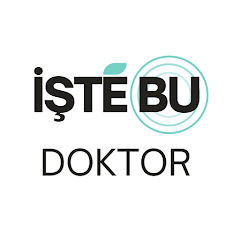Before we talk about the lumbar disk herniation, let's talk about the structure of the spine.
The spine is the name we give to the bone structure that carries the weight of our entire body and provides movement to our body, and consists of vertebrae. On our back, on our waist.
Since today our topic is lumbar disk herniation; There are 5 lumbar vertebrae. These are round, round structures with a hole-channel in the middle. And when they are stacked on top of each other, they form the spinal canal.
Between these vertebrae is a cartilage-like structure called the disc. The outer part of the disc consists of a harder cartilage, inside there is a soft cartilage tissue.
The most mobile part of the lumbar vertebrae is the L4-5 and S1 parts, and these discs are most exposed to stress and weight load of the body. Therefore, these discs are mostly battered.
And when herniation occurs, the outermost hard cartilage cracks because its structure is deteriorated, first it cracks, then an overflow occurs, eventually this ruptures and the soft cartilage inside pops out.
We call this an extruded disc herniation. Therefore, it also puts pressure on the nerves emerging from every distance and moving towards the leg.
Kanser İçerikleri
Rahim Ağzı Kanseri
Yumurtalık Kanseri
Safra Yolları Kanseri
Rahim Kanseri
Rektum Kanseri
Tiroid Kanseri
Yemek Borusu (Özofagus) Kanseri
Testis Kanseri
Ağız Kanseri
Akciğer Kanseri
Cilt (Deri) Kanseri
Dil Kanseri
Gırtlak (Larinks) Kanseri
Göz Kanseri
Kanser Nedir? Kanser Belirtileri
Tükürük Bezi Kanseri
Karaciğer Kanseri
Kolon (Kalın Bağırsak) Kanseri
Lenf Kanseri
Lösemi
Meme Kanseri
Mesane Kanseri
Metastaz
Mide Kanseri
Multipl Miyelom
Pankreas Kanseri
Penis Kanseri
Prostat Kanseri

